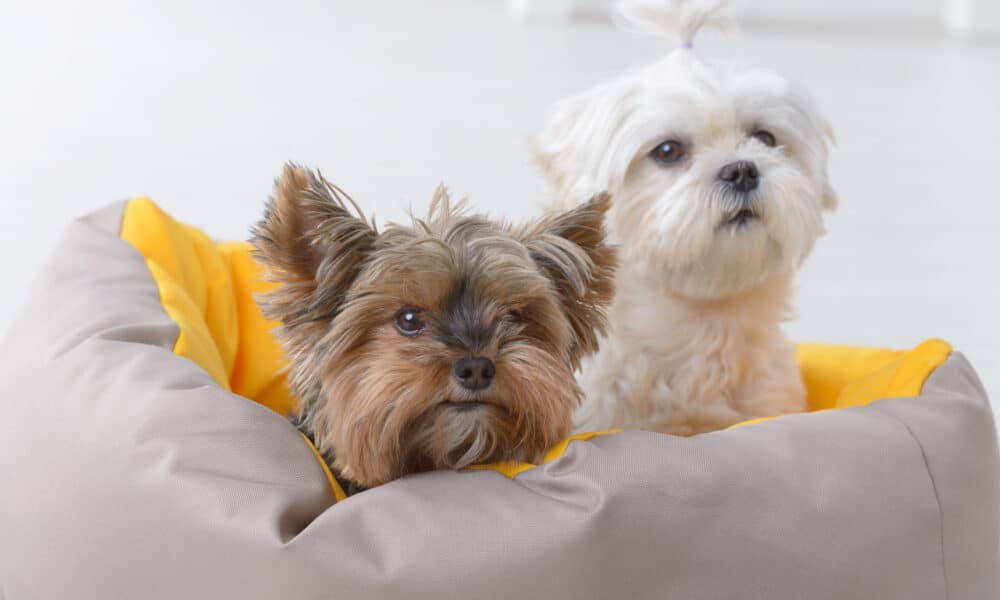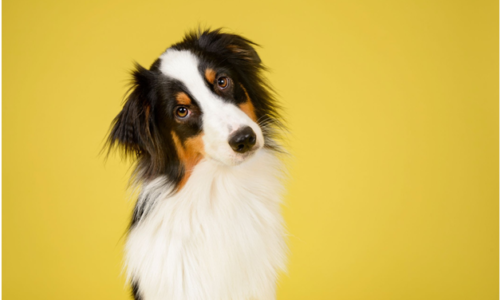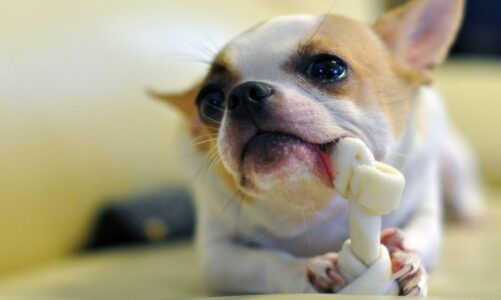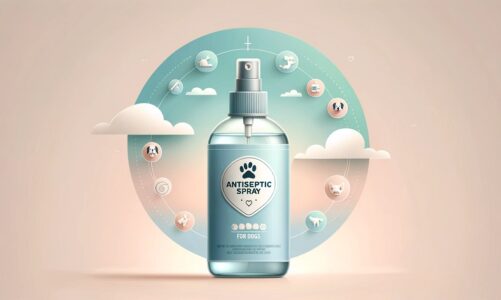Yorkshire Terriers come in various sizes and types, each with distinct characteristics that appeal to different owners and lifestyles. The differences between these varieties go beyond just size – they can influence personality traits, care requirements, and suitability for various home environments. Many prospective pet parents feel confused when encountering terms like “teacup” and “standard” without proper context to understand what these classifications truly mean.
When exploring options for adopting these beloved companions, many families turn to Yorkie puppies for sale in Pennsylvania and other regions to find their perfect match. Understanding the key differences between varieties helps ensure the right fit between puppy and owner.
Teacup Yorkie
Teacup Yorkies have captured hearts with their tiny size, typically weighing 2-4 pounds when fully grown. These miniature canines maintain the classic Yorkie personality but in an even more diminutive package. The size difference becomes apparent early in development, with teacup puppies remaining significantly smaller than their standard counterparts throughout growth phases. While they share the same striking coat colours and patterns as larger Yorkies, everything about them is proportionally smaller – from their delicate paws to their tiny faces with bright, expressive eyes.
Standard Yorkies
Standard Yorkshire Terriers represent the original breed size recognised by major kennel clubs, weighing between 4-7 pounds when fully mature. This traditional size balances the extreme portability of teacups and the slightly more robust nature that some owners prefer. Standard Yorkies typically display the confident, spirited temperament that made the breed famous. Their larger frame often translates to fewer health concerns than their tinier counterparts while maintaining the breed’s apartment-friendly size. Many experienced Yorkie enthusiasts consider this the “goldilocks” size – not too small, not too large, but just right for typical family environments.
Coat variations that dazzle
Yorkshire Terriers showcase several coat varieties that add to their appeal:
- Traditional silky coats with the classic steel blue and tan colouration
- Parti Yorkies displaying patches of blue/black with tan and white markings
- Golden Yorkies featuring rich gold tones rather than the standard blue
- Chocolate Yorkies with brown colouration instead of the typical black or blue
- Black Yorkies exhibiting solid black coats with minimal tan points
These coat variations occur across both teacup and standard sizes, creating a diverse array of appearances within the breed.
Biewer and designer Yorkies
The Biewer Terrier originated from Yorkshire Terriers but has developed into its distinct breed. These dogs feature tri-colored white, black, and gold/tan coats in a specific pattern. Their recognition as a separate breed is relatively recent, but they share many characteristics with their Yorkie ancestors. Meanwhile, designer mixes involving Yorkshire Terriers continue to grow in popularity:
- Morkies (Maltese × Yorkie) combine silky coats with playful personalities
- Yorkipoos (Poodle × Yorkie) often feature hypoallergenic coats and high intelligence
- Chorkies (Chihuahua × Yorkie) blend the tiny size with bold temperaments
- Snorkies (Miniature Schnauzer × Yorkie) mix the alert nature of both breeds
- Yorkillon (Papillon × Yorkie) features distinctive ears and expressive faces
Temperament trends across types
While individual personality varies among all Yorkies, specific patterns tend to emerge across the different types. Standard Yorkies often display the confident, sometimes stubborn temperament that earned the breed its reputation as “big dogs in small packages.” Their boldness and intelligence shine through their interactions with humans and other animals.
Teacup Yorkies frequently exhibit similar spirited personalities but may show slightly more caution due to their small size. This natural self-preservation instinct often manifests as increased bonding with their primary caregiver and occasional wariness around larger dogs or energetic children.




